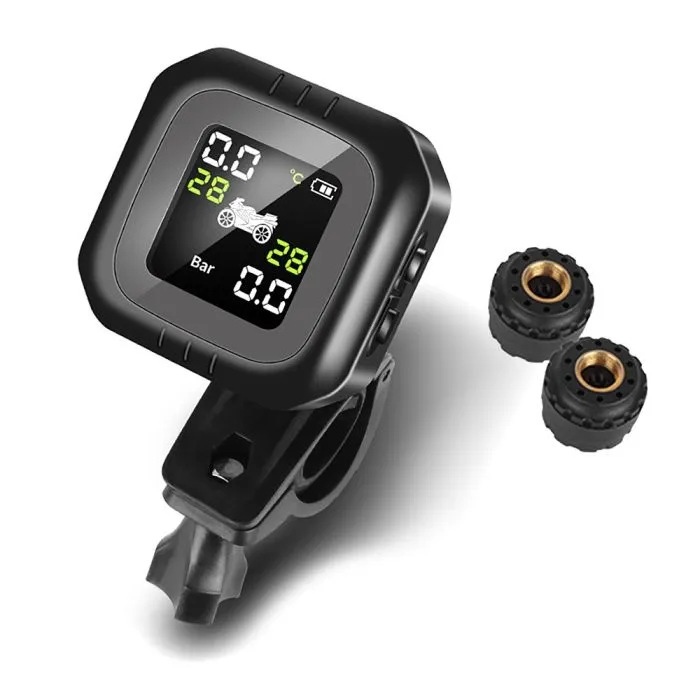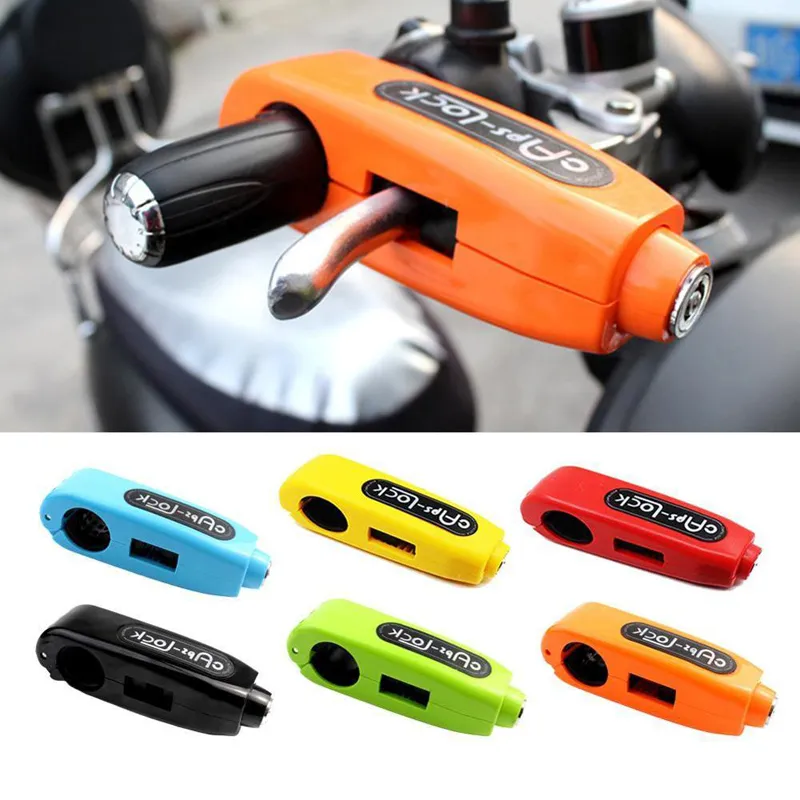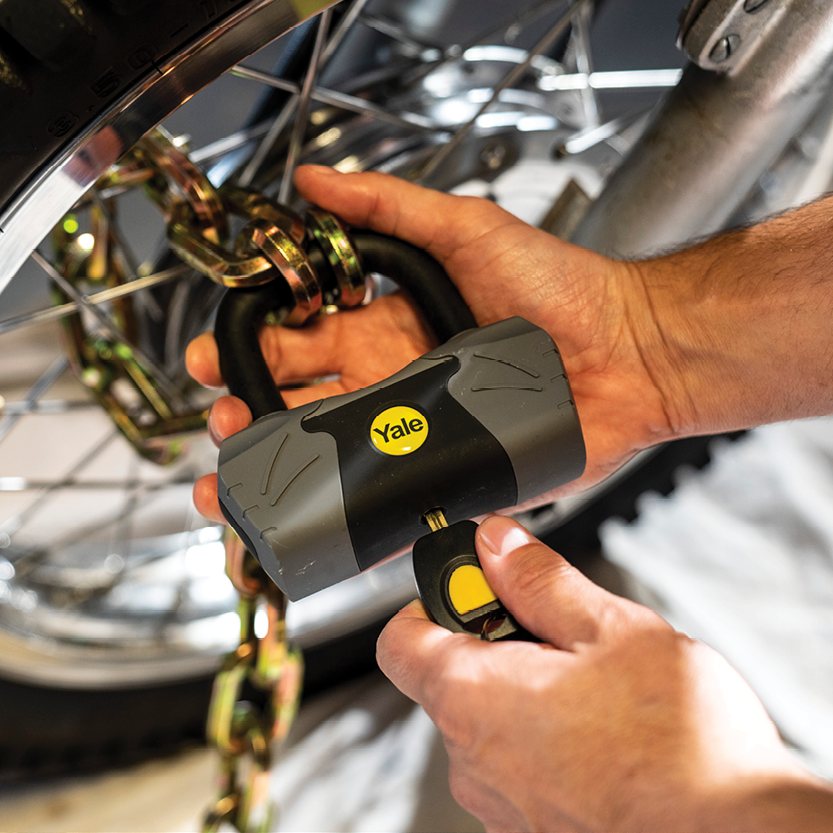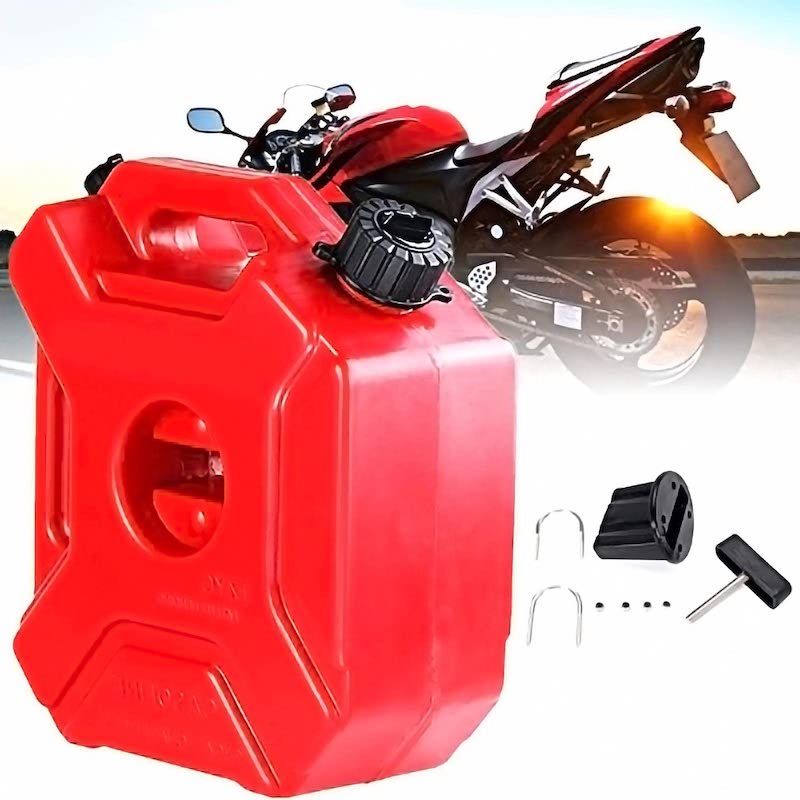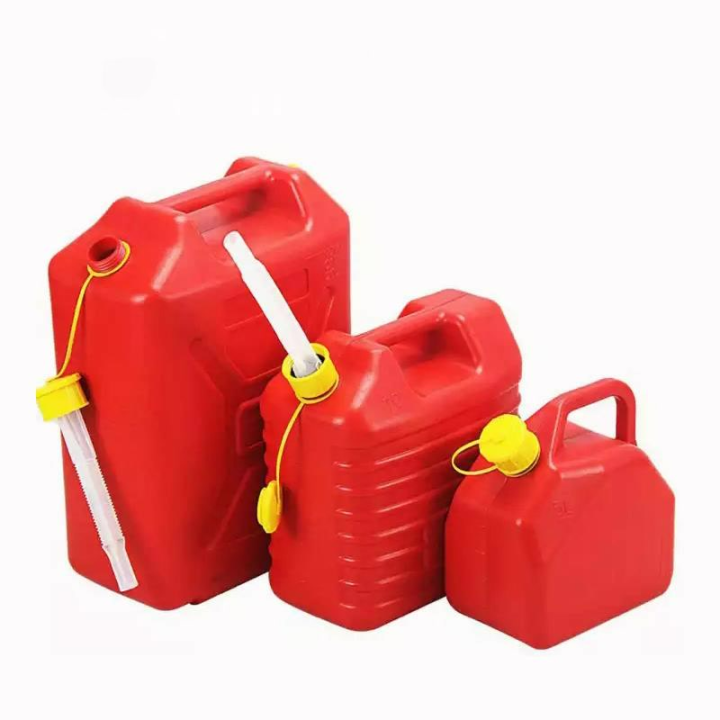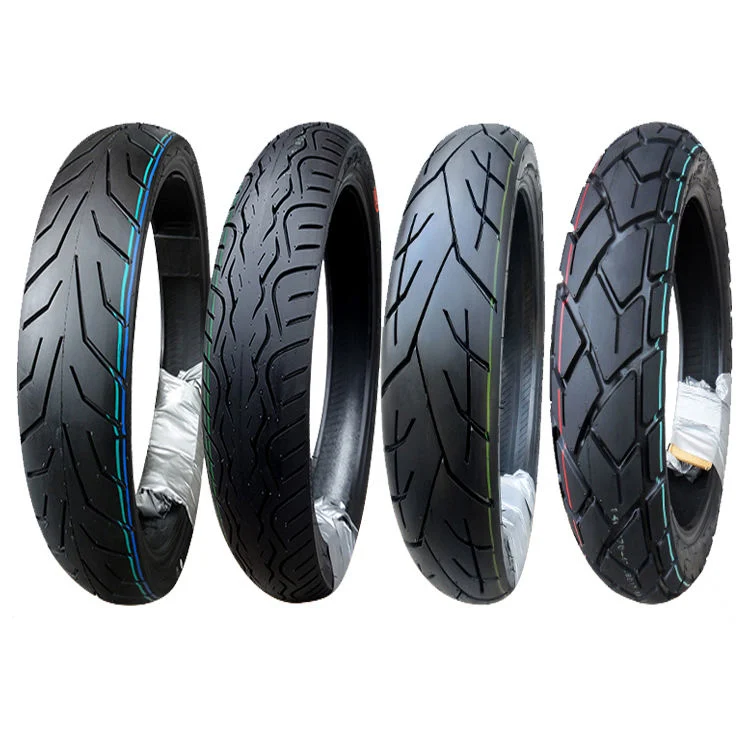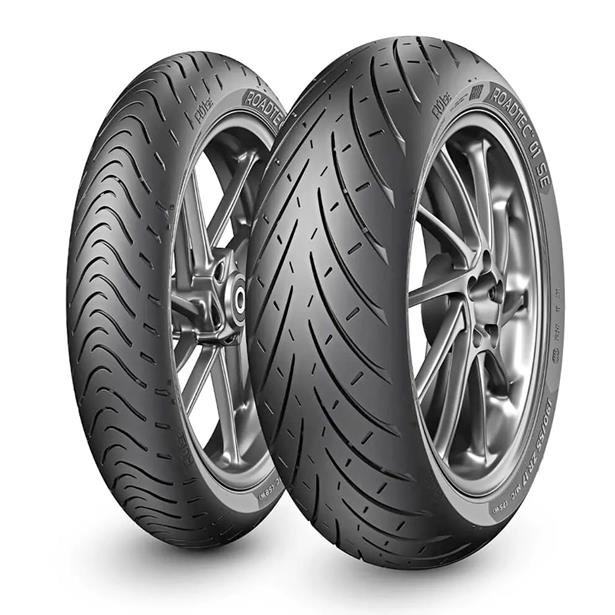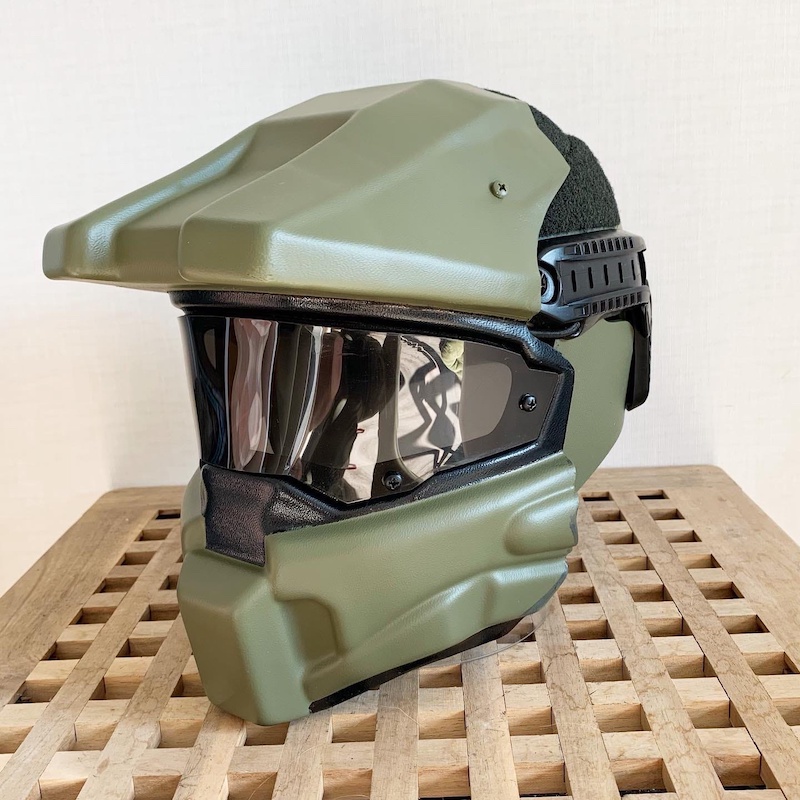Introduction
Riding a motorcycle is one of the most thrilling and exhilarating experiences, but it’s crucial to ensure that your bike is properly maintained to ensure optimum safety and performance. One of the most overlooked aspects of motorcycle maintenance is tire pressure. In this article, we will delve into the importance of maintaining the correct tire pressure for your motorcycle and how it can impact your riding experience.
Part 1: Understanding Tire Pressure
Motorcycle tire pressure is a critical aspect of maintaining the safety and performance of a bike. Proper tire pressure ensures that the tires maintain optimal contact with the road, which in turn affects the bike’s handling, stability, and overall performance.
Maintaining the correct tire pressure also ensures that the tires wear evenly, which extends their lifespan and reduces the risk of blowouts or other tire-related issues. Overinflated tires can cause the center of the tire to wear out more quickly, while underinflated tires can wear out the edges more rapidly. Both scenarios can compromise the safety and performance of the bike.
Level 1: What is tire pressure?
Tire pressure refers to the amount of air inside the tires of a motorcycle. It is measured in pounds per square inch (PSI) and is essential for maintaining the structural integrity and overall performance of the tires.
Level 2: Why is tire pressure important?
Proper tire pressure is crucial for several reasons. It ensures optimal grip and traction, provides stability and control, and helps distribute the weight of the motorcycle evenly. Additionally, it contributes to fuel efficiency and extends the lifespan of the tires.
Part 2: The Dangers of Incorrect Tire Pressure
The recommended tire pressure for a motorcycle can typically be found in the owner’s manual or on a sticker located on the bike. It’s important to check the tire pressure regularly, especially before long rides or if the bike has been sitting idle for an extended period. Tire pressure should be checked when the tires are cold, as the heat generated during riding can increase the pressure and give a false reading.
Level 1: Under-inflated tires
Riding with under-inflated tires can lead to decreased handling and stability, increased risk of tire blowouts, and reduced fuel efficiency. It also causes the tires to wear out faster and can result in overheating, which further compromises safety.
Level 2: Over-inflated tires
Conversely, over-inflated tires can lead to reduced traction, a harsher ride, and an increased risk of tire damage. Over-inflation can also affect the overall handling of the motorcycle, making it more prone to skidding and loss of control in wet or slippery conditions.
Part 3: Checking and Maintaining Tire Pressure
To check the tire pressure, a tire pressure gauge should be used to measure the pressure in each tire. If the pressure is too high, air can be released using a tire pressure gauge with a relief valve. If the pressure is too low, air can be added using a tire inflator. It’s important to use a reliable tire pressure gauge to ensure accuracy. Digital pressure gauges are often recommended for their precision and ease of use.
Level 1: How to check tire pressure
Checking your motorcycle’s tire pressure is a straightforward process that can be done with a tire pressure gauge. Simply remove the valve cap, press the gauge onto the valve stem, and check the pressure reading. It’s important to check the pressure when the tires are cold, as heat can cause the air inside to expand, leading to inaccurate readings.
Level 2: Maintaining the correct tire pressure
Once you’ve checked the tire pressure, it’s important to adjust it accordingly. Adding or releasing air as needed to match the manufacturer’s recommended PSI is crucial for ensuring optimal performance and safety. Regularly monitoring and maintaining the correct tire pressure is essential for a smooth and safe riding experience.
Part 4: The Impact of Tire Pressure on Different Riding Conditions
Level 1: Dry road conditions
Proper tire pressure is essential for maintaining optimum grip and stability on dry roads. Under-inflated tires can lead to reduced traction and compromised handling, while over-inflated tires can cause the tires to lose contact with the road surface, affecting control and safety.
Level 2: Wet or slippery road conditions
In wet or slippery road conditions, maintaining the correct tire pressure becomes even more critical. Under-inflated tires are more prone to hydroplaning and reduced grip, while over-inflated tires can lead to a loss of traction and control. Proper tire pressure ensures that the tires can effectively disperse water and maintain contact with the road surface.
Part 5: Tips for Maintaining Optimal Tire Pressure
Level 1: Regularly check tire pressure
Make it a habit to check your motorcycle’s tire pressure at least once a month, or before embarking on long rides. Keeping the tires properly inflated ensures that you’re always riding on safe and reliable rubber.
Level 2: Follow manufacturer’s recommendations
Every motorcycle manufacturer provides recommended tire pressure guidelines for their specific models. It’s important to adhere to these guidelines to ensure that your bike is operating at its best.
Importance of Proper Tire Pressure
Level 1: Importance of Proper Tire Pressure
Maintaining the correct tire pressure is crucial for the overall performance and safety of your motorcycle. Proper tire pressure ensures that the tires wear evenly, improves fuel efficiency, and provides better traction and handling.
Level 2: Impact on Traction and Handling
Incorrect tire pressure can significantly affect the traction and handling of your motorcycle. Underinflated tires can lead to poor handling and reduced traction, while overinflated tires can result in a harsh ride and less grip on the road. It’s essential to check and adjust your tire pressure regularly to maintain optimal performance.
Checking Tire Pressure
Level 1: Checking Tire Pressure
Checking your motorcycle’s tire pressure is a relatively straightforward process that can be done using a tire pressure gauge. Simply remove the valve cap, press the gauge onto the valve stem, and read the pressure displayed on the gauge.
Level 2: Ideal Tire Pressure
The ideal tire pressure for your motorcycle can typically be found in the owner’s manual or on a sticker located on the motorcycle’s frame. It’s important to check the pressure when the tires are cold, as the pressure increases when the tires heat up during riding. Make sure to adjust the pressure as needed to match the manufacturer’s recommendations.
Proper Inflation Techniques
Level 1: Proper Inflation Techniques
When inflating your motorcycle tires, it’s essential to use a reliable air compressor or tire inflator. Be sure to inflate the tires to the recommended pressure, checking the gauge frequently during inflation to prevent overinflation.
Level 2: Maintenance Tips
In addition to regular pressure checks, it’s important to visually inspect the tires for signs of wear or damage. Look for any cuts, cracks, or foreign objects embedded in the tire tread. Additionally, monitor the tire’s tread depth and consider replacing the tires when they reach the minimum depth specified by the manufacturer. Regular maintenance and proper tire pressure will ensure a safe and enjoyable riding experience.
Conclusion
Maintaining the correct tire pressure for your motorcycle is essential for ensuring safety, performance, and overall riding enjoyment. By understanding the importance of tire pressure, checking and maintaining it regularly, and following manufacturer recommendations, you can maximize the lifespan of your tires and enhance your riding experience. Remember, proper tire pressure is a small step that can make a big difference in your safety and enjoyment on the road.
